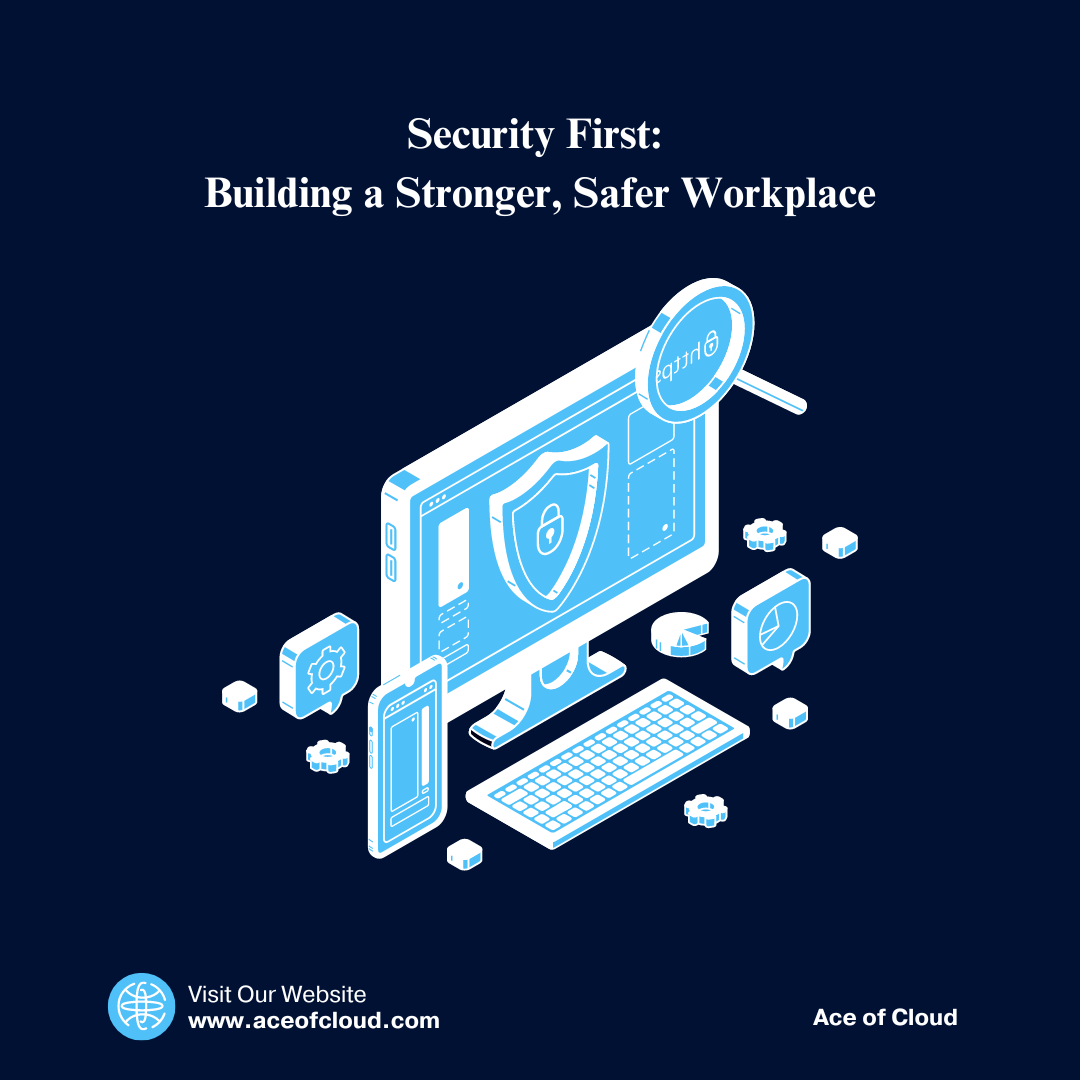In an era where data breaches and cyber threats are becoming increasingly sophisticated, fostering a culture of security awareness and compliance is no longer just an option—it's a necessity. Organizations that prioritize security not only protect their assets but also build trust with customers and partners. Cultivating a security-conscious workforce is key to staying ahead of potential threats and ensuring long-term success in this ever-changing digital environment. While technology and tools are essential for protecting your business, the most significant defense you can cultivate is a security-conscious workforce. This blog will guide you through strategies to foster a culture of security awareness and compliance, ensuring your organization is not just secure today, but well-prepared for the challenges of tomorrow.
Why Security Awareness and Compliance Matter
Before diving into strategies, let’s first understand why security awareness and compliance are vital:
1. Human Factor: The majority of security incidents are a result of human error—whether through phishing, weak passwords, or lack of awareness about security protocols.
2. Regulatory Requirements: Compliance with regulations like GDPR, HIPAA, and PCI DSS isn’t just about avoiding fines; it’s about protecting your customers and maintaining trust.
3. Reputation Management: A security breach can have devastating effects on your organization’s reputation. An informed and vigilant workforce is less likely to make the mistakes that lead to these incidents.
Strategies for Fostering a Security-Conscious Culture
Now, let’s explore some practical strategies for embedding security awareness and compliance into the fabric of your organization.
1. Ongoing Training and Education
One-off training sessions aren’t enough. Security training needs to be an ongoing process to keep up with evolving threats.
- Regular Workshops and Webinars: Host regular training sessions that cover the latest threats, best practices, and any changes in compliance requirements.
- Interactive Learning: Use interactive modules and real-life scenarios to engage employees and reinforce learning. Simulated phishing attacks, for instance, can be an effective way to teach employees how to recognize and avoid phishing attempts.
- Role-Specific Training: Customize training programs to address the specific risks and responsibilities of different roles within the organization. For example, IT staff might need more technical training, while customer-facing employees should focus on data protection and privacy.
2. Open Communication Channels
Security shouldn’t be a topic that’s discussed only during crises. It needs to be part of the everyday conversation within your organization.
- Regular Updates: Send out regular updates on security policies, potential threats, and best practices through newsletters, intranets, or internal messaging systems.
- Encourage Reporting: Create an environment where employees feel comfortable reporting security concerns or suspicious activity without fear of reprisal. Make it easy for them to do so by providing clear reporting channels.
- Security Champions: Appoint ‘Security Champions’ in each department who can act as points of contact for security-related questions and help reinforce the importance of compliance.
3. Leadership Support
For a security culture to take root, it must be supported from the top down. Leadership plays a critical role in setting the tone and demonstrating the importance of security and compliance.
- Lead by Example: Ensure that leadership is visibly committed to security. When employees see executives following security protocols, they are more likely to do the same.
- Allocate Resources: Leadership should allocate sufficient resources—both time and money—to security training, tools, and initiatives. This investment underscores the organization’s commitment to security.
- Regular Audits and Feedback Loops: Leaders should initiate regular security audits and seek feedback from employees on the effectiveness of security measures. This continuous improvement approach helps keep the organization agile in responding to new threats.
4. Reward and Recognition Programs
Positive reinforcement can be a powerful motivator for encouraging secure behavior across the organization.
- Recognition Programs: Recognize and reward employees who demonstrate exemplary security practices. This could be through formal recognition at company meetings, bonuses, or other incentives.
- Gamification: Implement gamification strategies to make security fun. For example, create a leaderboard where teams or individuals can earn points for reporting phishing attempts or completing security training.
5. Integrate Security into Onboarding
Your organization’s security culture should begin from day one with new hires.
- Comprehensive Onboarding: Ensure that security awareness and compliance training are integral parts of your onboarding process. New employees should understand the importance of security from the outset.
- Mentorship: Pair new employees with a mentor who is well-versed in the company’s security policies to help them navigate any questions or uncertainties.
Sustaining a Culture of Security Awareness and Compliance
Building a security-conscious culture isn’t a one-time project—it’s an ongoing effort that requires dedication, vigilance, and continuous improvement. Here are some tips for sustaining this culture over the long term:
- Keep It Relevant: Regularly update your training materials and policies to reflect the latest threats and regulatory changes.
- Monitor and Adapt: Continuously monitor the effectiveness of your security programs through feedback, audits, and performance metrics. Be prepared to adapt your strategies as needed.
- Engage Employees: Keep employees engaged by making security a part of their daily routine, not just something they think about during training sessions.
By embedding security awareness and compliance into the very DNA of your organization, you can significantly reduce the risk of security incidents and ensure long-term success.

